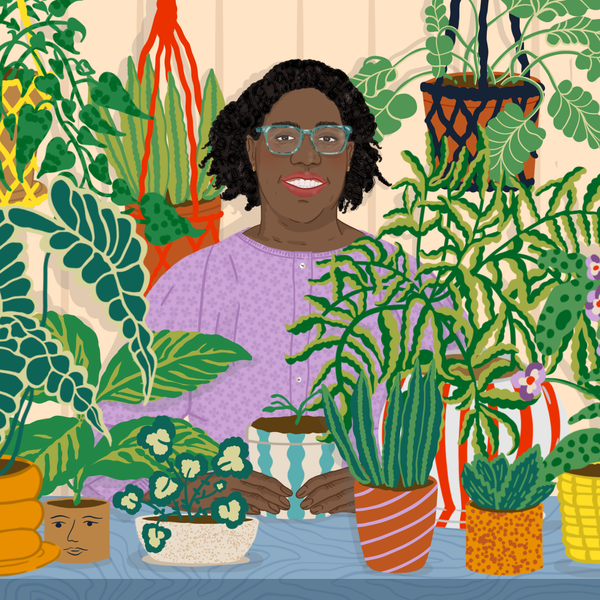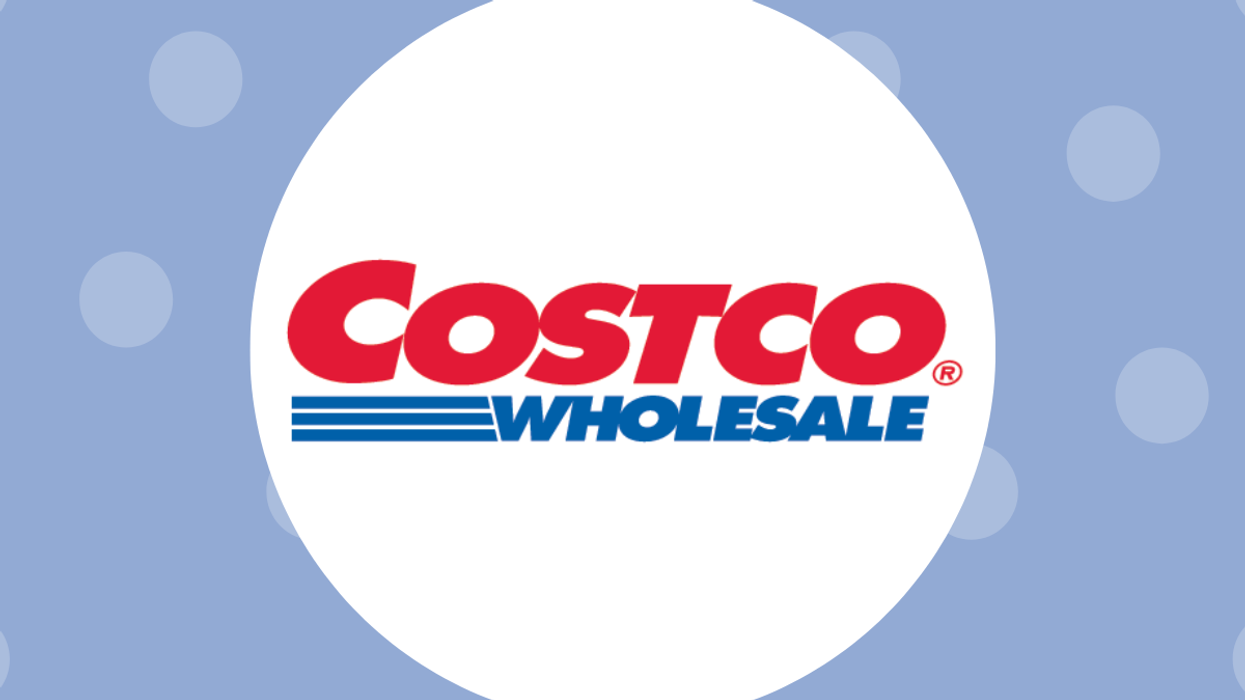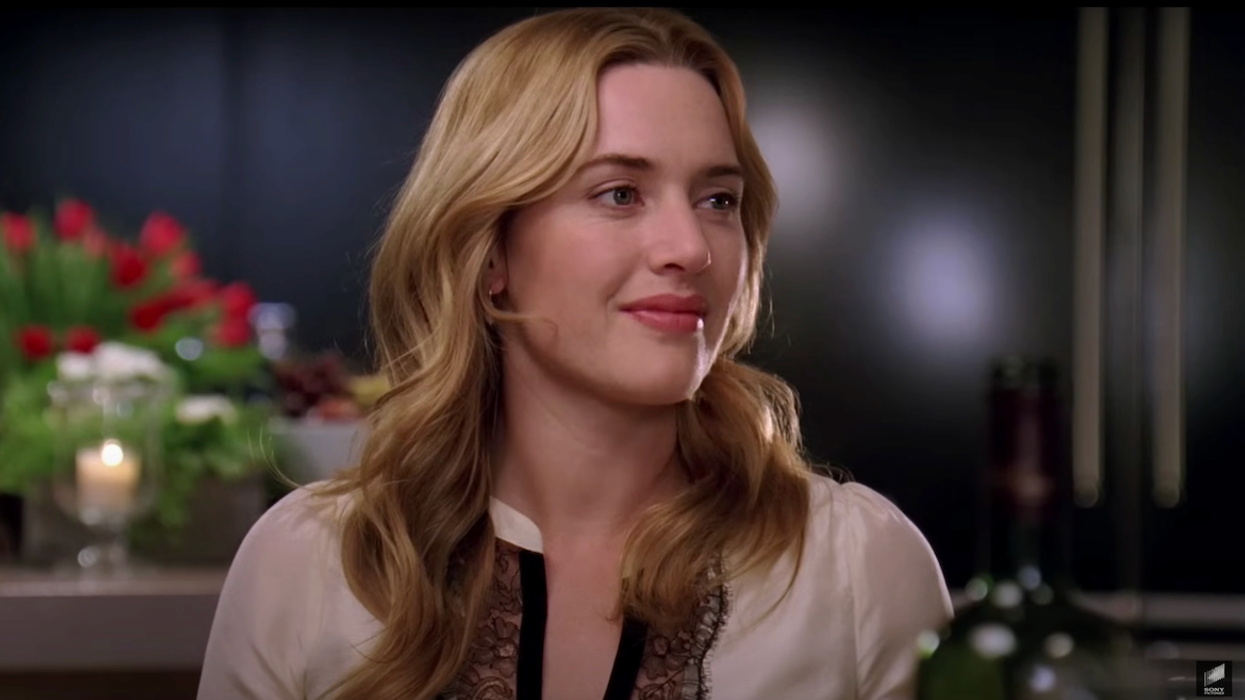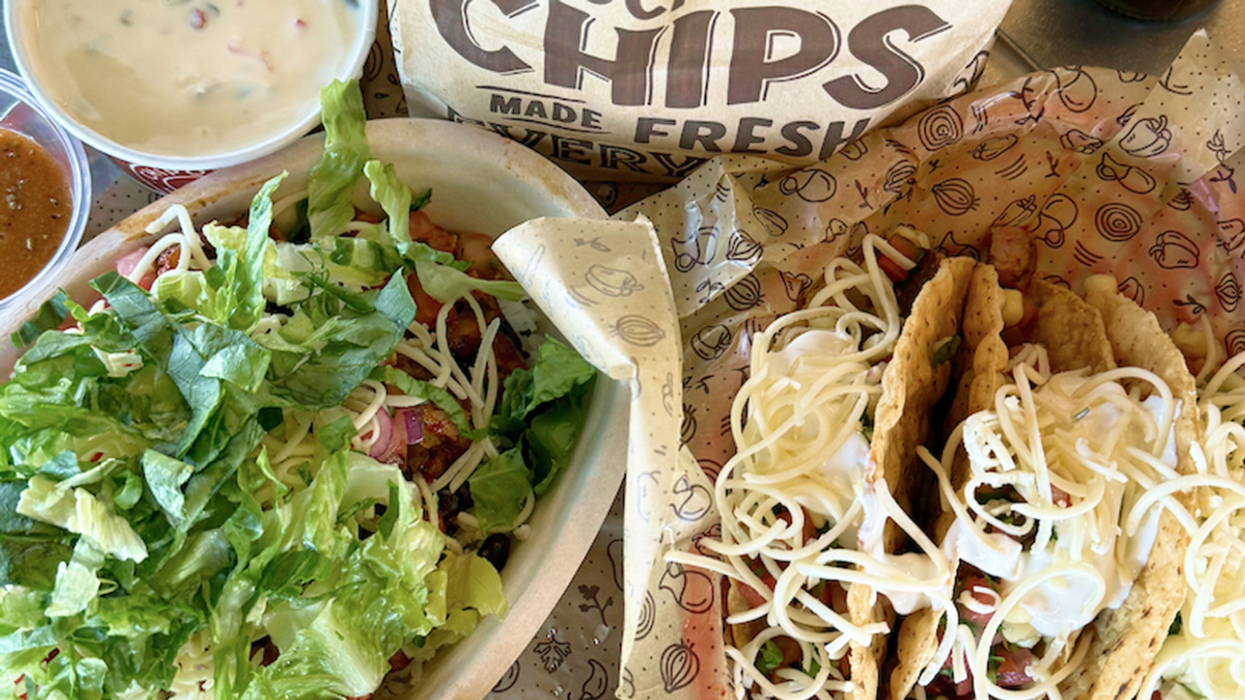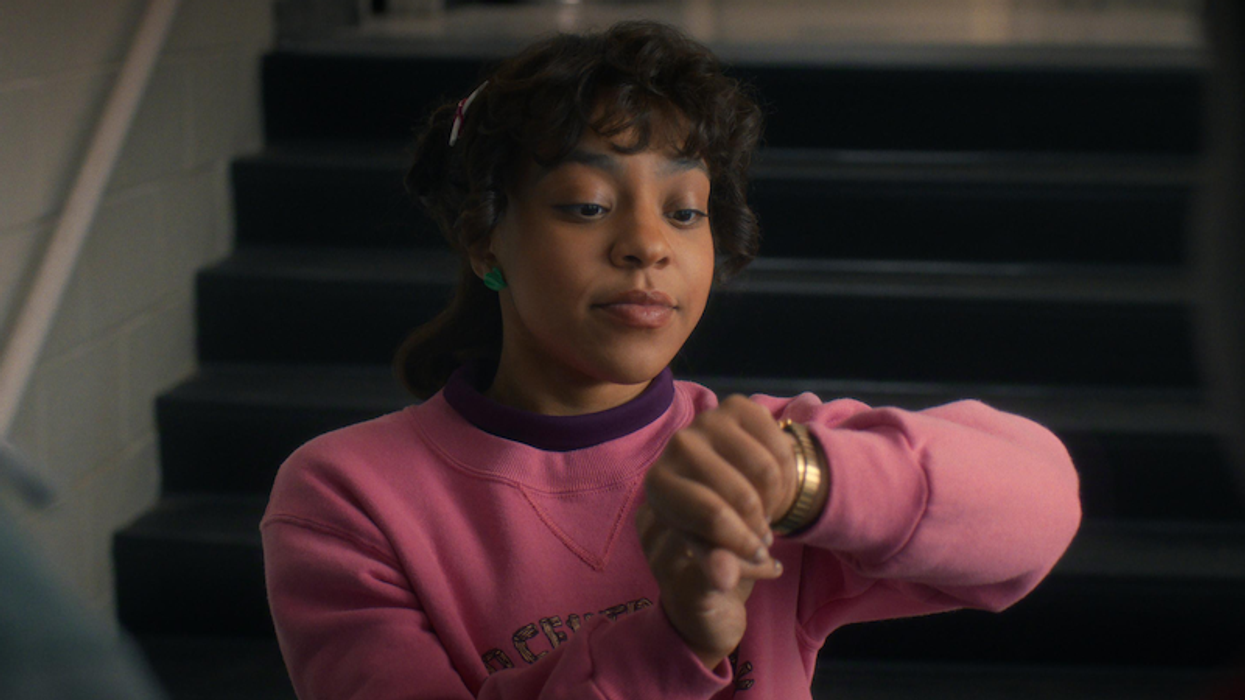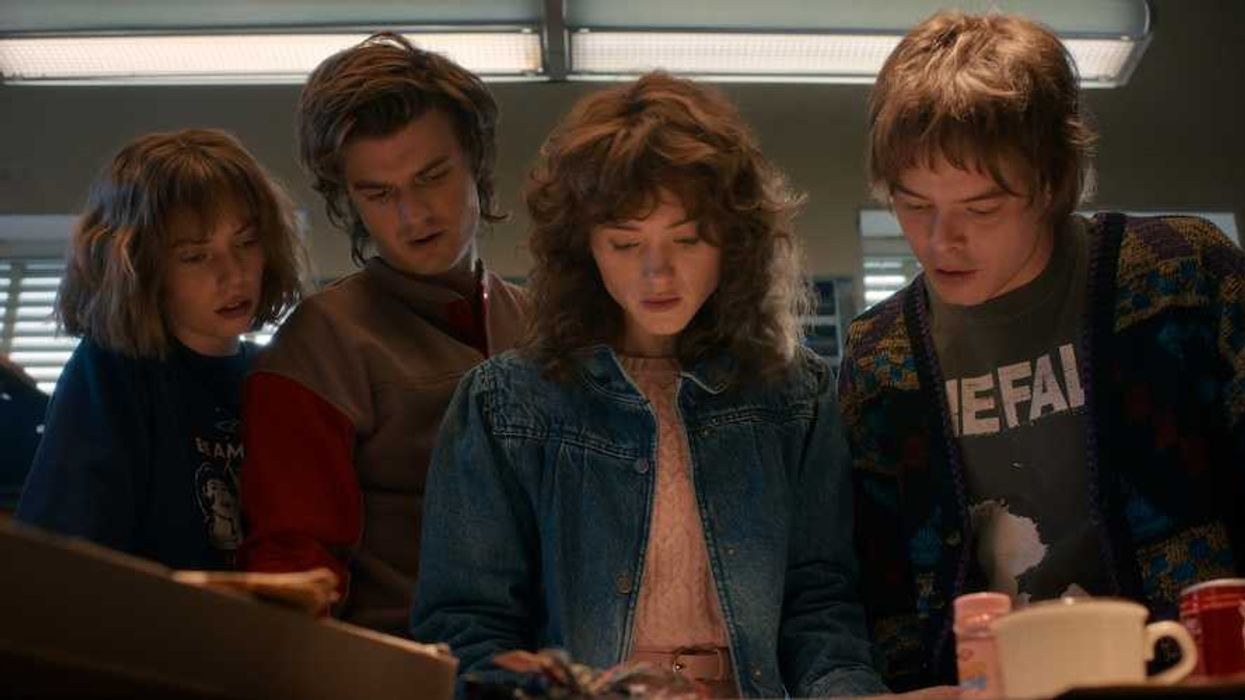You, too, can overcome.
My Journey Through Student Loan Hell and Back
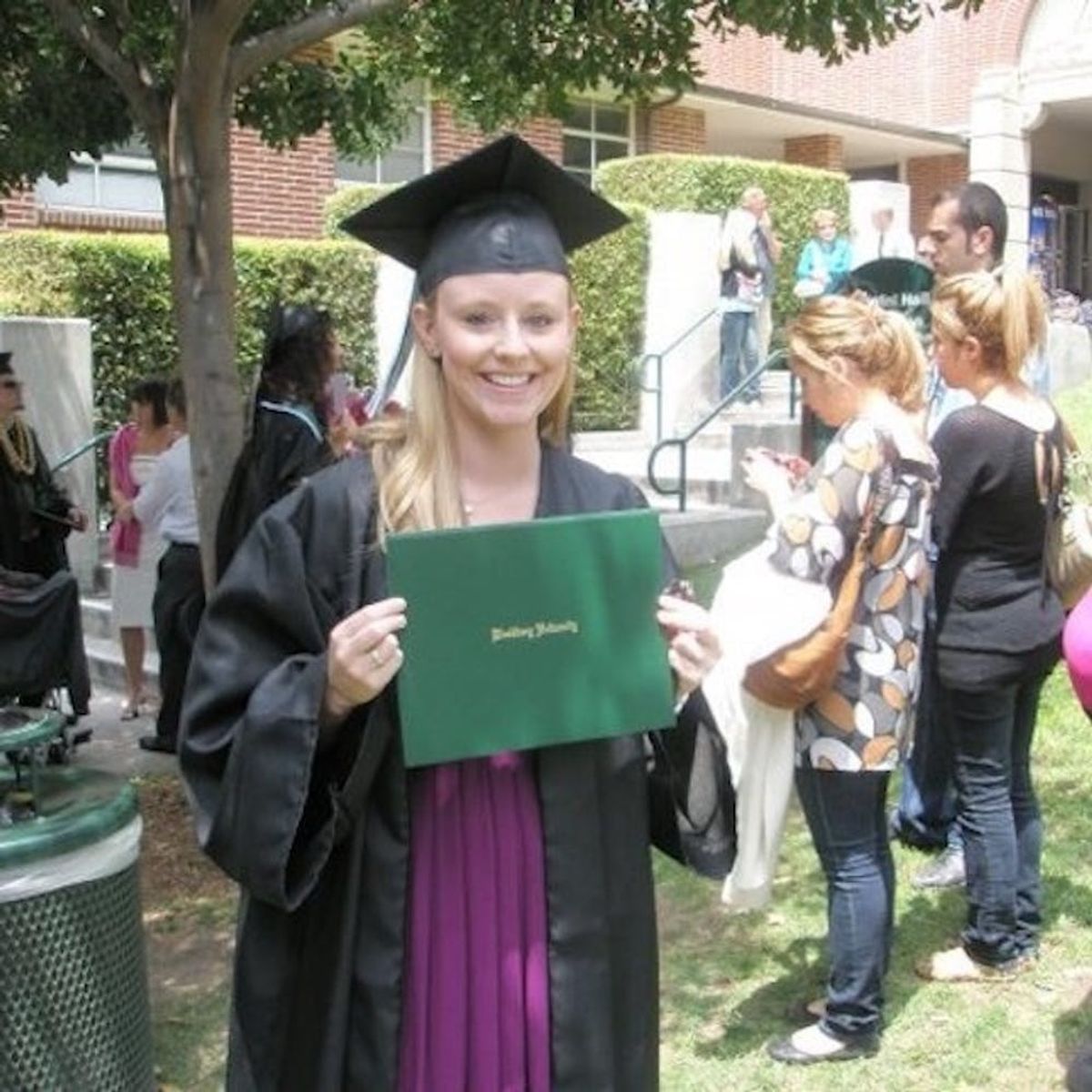
It wasn’t supposed to be like this. In your 20s, you should be climbing the first rungs of the career ladder, gaining experience and moving up in the world. Instead, I was a college graduate holding down two waitressing jobs, working around the clock just to be able to keep a roof over my head and make interest payments on close to a $100,000 mountain of student debt. I was in survival mode. I had no plan for a future that was growing increasingly out of sight. Like many of my peers, I was hit by the combination punch of the Great Recession and toxic student loans. I thought my life was over before it could even get started.
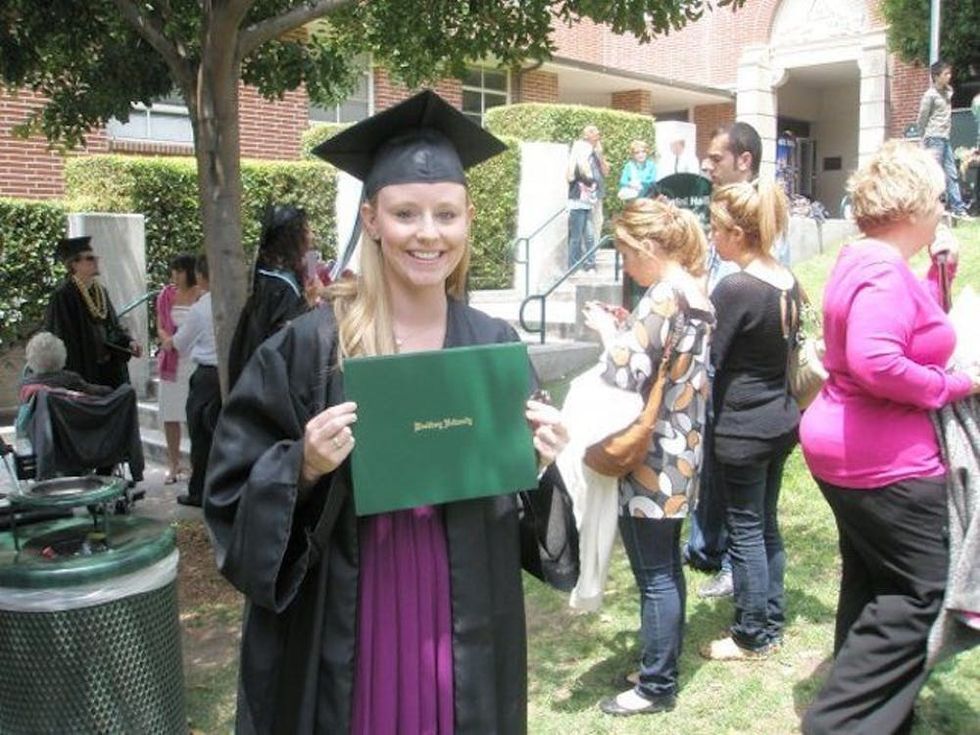
Fortunately, I made it through by sheer willpower and adaptability, and in the process, I learned a lot about the world and, more importantly, about myself. Today I’m doing work I find challenging and satisfying. I have a sense of mission and purpose. All in a job and industry I would never have imagined. I want to share my story to help others find their way out of student loan hell or avoid falling into it in the first place.
I believed in what I call “the system” — you go to college, pay for your education with student loans, graduate with a degree in your chosen field, and get a good job. I wanted to be an architect. I love drawing and designing things, and architecture combines creativity with the technical skills of a real trade. I figured that a specialized architecture degree would train me for an actual job.
The problem was, compared to a public university, architectural education was expensive, and my parents could not contribute to my education. So I had to add private loans on top of my maximum federal loans. These private loans carry much higher interest rates, something I didn’t really understand. It was as easy as “sign on the dotted line,” and I had committed myself to the debt equivalent of a home loan. My experience with this level of borrowing was nonexistent — I had no classes or home lessons to teach me about it. And I’m not alone: A 2015 article in The Wall Street Journal cited studies that show only 22 percent of women in the US have basic financial literacy. At 38 percent, men don’t fare much better.
I graduated with a shiny degree and found an entry-level designer position with a starting salary in the mid $30K range. With a six-figure debt load and up to 10 percent interest rate, my monthly payment ate up most of my paycheck. I figured I’d scrimp and scrape and maybe starve a little to get by, but someday I’d get a raise. Instead, I was let go when the home buying and building market disappeared from under me.
Business was slow, but I fared better than most of my classmates for a bit. But as many of us millennials know all too well, last hired means first fired. I didn’t have time to look for another architect intern position. I had to make money now — however I possibly could. Waiting tables was the only job I could get in a matter of days. One job wasn’t enough. I worked 50-60 hours a week to feed the beast.
I tried to find another design job, but they were few and far between. Unlike some people, I couldn’t rely on my parents to help. I was so disappointed and frustrated at the world, the system, myself. Often I felt like I was drowning. How could I have gotten everything so wrong?
Then I found out about a job opportunity doing sales for a fitness company. I had zero experience in sales, but fortunately, I’m enough of an extrovert to enjoy interacting with people. I got the job, and it turned out I was good at it. I got promoted and then promoted again. I was no longer in a near-constant state of anxiety and fear that I wouldn’t be able to make the next months’ payment. I could breathe again.
But I faced a big decision: continue to build my career in sales, or go back to architecture. It was clear to me that I couldn’t go back. An entry-level job as an architect just wouldn’t give me enough income to cover the debt and give me anything close to a life. This was the terrible truth: The loans I took out to have a career in architecture made it impossible for me to pursue it.

Years later, I was offered a job at Tuition.io, a start-up company that helps companies provide student loan assistance to their employees as a benefit. I felt like I was somehow destined to have this job. Everything I had gone through, all the hard times I endured, gave me a sense of purpose to help other people going through the same thing. I still have debt, and it will be years before I pay it off completely. It will continue to bring me monthly anxiety until it’s completely paid off. I know there are millions of people who made the same decisions I did and for the same reasons.
The system is broken. It’s broken because higher education costs too much, and because 18-year-olds are given tens or hundreds of thousands of dollars with no questions asked and no understanding of how the loan will ever be repaid. It is shockingly easy, which is why 11 percent of the $1.3 trillion in outstanding student loans are in default, a rate that matches the default rate in subprime loans that caused the great financial crisis!
Of all the lessons I learned, here are some of the most important:
- Financial literacy must be an essential part of everyone’s education, and it’s never too late to learn.
- Student loan hell can be overcome, no matter how bleak things may seem.
- And finally, as crazy as it sounds, strength can come from adversity. Choosing a new path can be liberating. It opens you up to new opportunities you might never have imagined.
I’m happy to say I’m on the path of slowly and surely paying off my student loan debt and grateful for the monthly student loan contributions by my employer to help me get there faster.
Jen Bailey is the Director of BizDev at Tuition.io, an LA-based startup that works with companies like LiveNation and Staples to offer student loan repayment assistance as a benefit.
(Photos via Jen Bailey)


